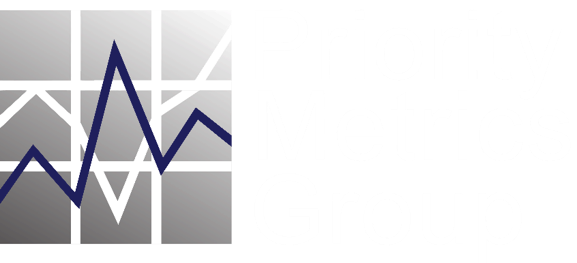
Elements of a Winning Business Strategic Planning Process
Strategic business planning is a fundamental activity that lays the groundwork for an organization’s success. It is a process that goes beyond setting lofty goals and aspirations; instead, it involves transforming these aspirations into actionable plans that guide the organization’s actions and decisions moving forward.
A strategic plan should not be a static document confined to a yearly review. Instead, it should be treated as a “living document.” This means it serves as the foundation for an ongoing management process designed to deliver continuous results. Corporate strategic planning should be a managed process that evolves and adapts to changing circumstances. The process requires continuous planning, organizational alignment, monitored implementation, relevant data collection, and analysis of results and progress.
Strategic Planning & Implementation & Cycle

Planning and Development
A strategic plan serves as the guide for achieving the longer-term Mission and Vision of the organization. The strategy should contain well-defined goals and measurable objectives needed to reach the stated Mission and Vision ultimately. However, it is not enough to have these aspirational goals on paper. They must be translated into working documents that become an accurate roadmap for execution. This translation process involves breaking down the high-level objectives into actionable steps, developing a scorecard to assess progress, aligning the organization to achieve each goal, and developing a method to monitor the progress and adjust priorities as needed.
Organizational Alignment
One of the critical aspects of strategic planning is ensuring that the organization’s system and structures are aligned with the strategic goals. To support the overall strategy, management must provide the proper systems and structures (metrics, training, teams, incentives, feedback loops, performance metrics, personal improvement plans, etc.). Critical questions include:
- How well are they aligned to the strategy and driving the strategy and vision forward?
- What elements are not attached or aligned to strategy, and why?
Organizational alignment means that every department and function within the organization understands how their work contributes to achieving the strategic plan. This alignment ensures that everyone is working towards the same objectives and that no conflicts exist.
Implementation
Each department should have its goals and action steps aligned with the overall strategic plan. These goals should have clear deadlines to ensure completion within the specified timeframes. By breaking down the strategic plan into departmental objectives, organizations can effectively manage and monitor progress at a granular level.
Individuals within the organization should also have their own goals and action steps contributing to departmental and organizational objectives. These goals should be closely tied to the larger strategic plan and include specific completion deadlines. Aligning personal goals with the strategic plan ensures that every employee understands their role in achieving the organization’s vision.
Measure and Assess Results
A critical piece of the scorecard is Key Performance Metrics (KPMs), as they serve as vital indicators that an organization uses to measure its progress toward its strategic goals. These metrics should be specific, measurable, achievable, relevant, and time-bound (SMART). KPMs are not static; they should be regularly measured and improved to ensure the organization is on track to achieve its objectives.
Organizations may identify areas that require improvement or adjustment as the strategic plan progresses. These improvement priorities should be based on ongoing assessment and analysis of performance against KPMs. Adapting and refining the strategic plan in response to changing circumstances is a hallmark of effective strategic planning.
Conclusion
In conclusion, strategic business planning is a vital process that transforms aspirational goals into actionable plans. It involves setting clear KPMs, aligning the organization from top to bottom, establishing departmental and individual goals, providing incentives, addressing improvement priorities, and identifying training needs. Furthermore, it should be an ongoing and collaborative effort that guides an organization toward achieving its long-term Mission and Vision.

